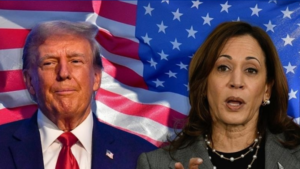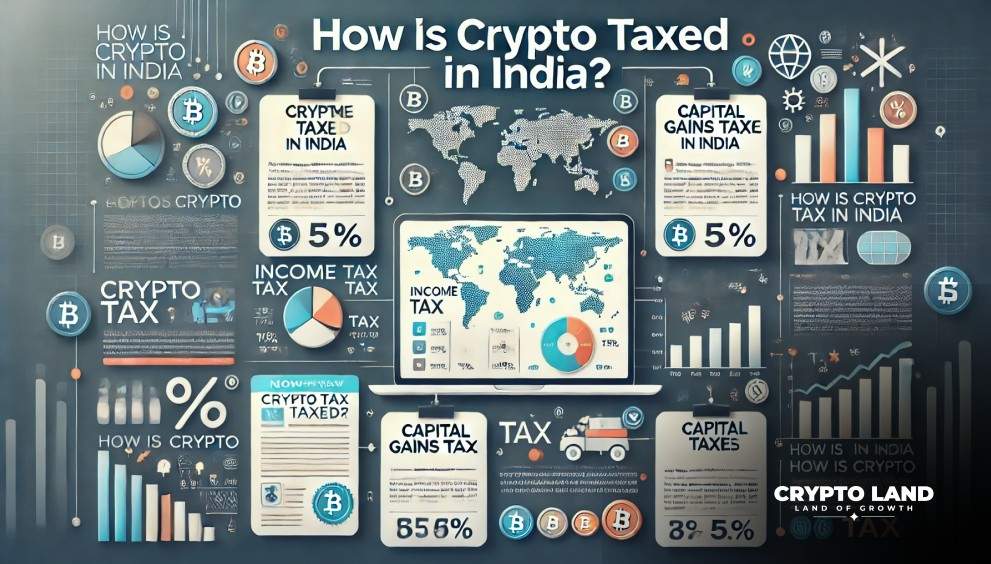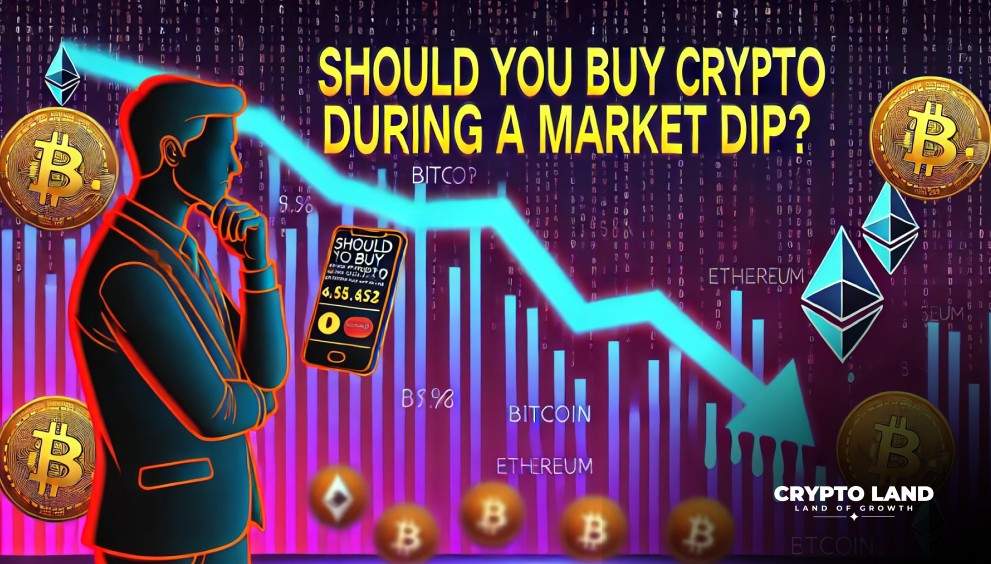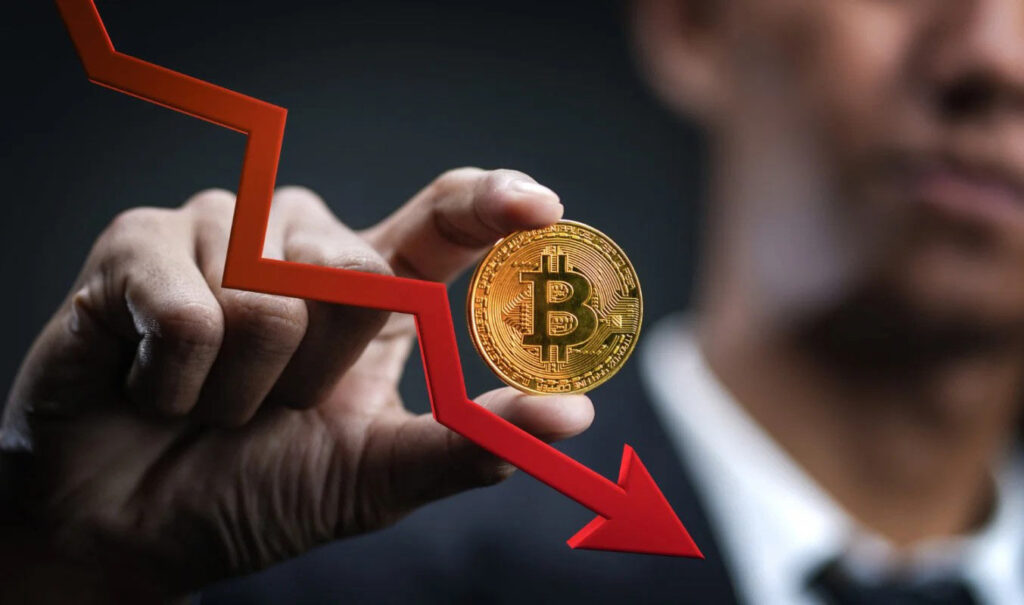Why Did Bitcoin Price Crash From $73,000 To $69,000?

The price of Bitcoins surged toward its all-time record on October 30 due to investors’ excitement, rising from $66,000 on October 26 to a peak of $73,500.
At this point, the rapid rally lost steam, but Bitcoin corrected to $69,000 by November 1. The downturn highlights once again the challenges in crypto markets, which remain relatively susceptible to global economic forces, political uncertainties, or market mechanics like short squeezes.
In this article, we will discuss the reasons for Bitcoin’s latest drop and short squeezes, the outcome of the upcoming U.S. presidential election, and how the expected Federal Reserve interest rate decisions will affect market sentiment.
Market Exhaustion After Successive Short Squeezes
What Happened: It seems that Bitcoin’s recent price rise is the result of a series of short squeezes that occurred at key price levels around $69,000, $70,000, $71,000, and $72,000. Traders tend to watch those levels closely, and a resistance level at each could trap short-sellers.
What is a Short Squeeze? A short squeeze is that phenomenon where sellers are forced to close their positions and leave the markets to the bulls because the markets gained price too rapidly. With each short squeeze added to Bitcoin added at every 1k from $69k to $73k, the momentum of the rally increased at every new price threshold through the closing of more short positions.
Market Exhaustion: After the price hit $73,500, this upward momentum began to wane. As short squeezes are momentum-based events, they do not always reflect long-term buying interest. As soon as the short squeeze subsides, profit-taking forces a gradual or violent price drop.
US Presidential Elections and the Politics of Uncertainty

Election Concerns: Donald Trump is generally seen as a pro-crypto candidate because of his promises to end the anti-crypto “purge” and fire the SEC chief, whereas Kamala Harris, the Democratic candidate, is viewed as continuing the Biden administration’s less favorable stance toward the industry.
Polymarket Betting Trends: According to Polymarket, the largest crypto betting platform, the current market is betting on Trump as the winner with 61% against Harris’s 39%. Still, this may be showing a slight leaning towards a pro-crypto administration, but it is far from a predictable outcome. What scares investors is that the uncertainty surrounding the election can be a game-changer for the regulatory and tax policies that affect digital assets.
Effect on Investor Sentiment: This brings along an element of anxiety among crypto investors because they perceive a Harris win as likely to be very scrutinizing. However, a win for Trump can be good for the industry because he is most likely to side with favorable policies on digital innovation and financial technology.
Federal Reserve Interest Rate Decision
Earlier Rate Cut: The Federal Reserve’s last meeting was on September 17 to 18 and has given way to a massive 0.5% rate cut, which has been welcomed by investors across diverse markets. A lower interest rate tends to boost borrowing and investment as low-interest loans are cheaper, thus increasing liquidity in the financial markets and improving the prospects for assets like stocks and Bitcoin.
Upcoming Fed Decision on November 6-7: The market is waiting with bated breath for the Fed’s upcoming decision, which would significantly impact asset prices. Although another significant rate cut would pump more liquidity into the market and could be positive for Bitcoin, uncertainty regarding the scale of this cut is causing jitters.
Higher interest rates make cash or low-risk investments, such as bonds, more attractive and pull investment away from the riskier ventures of stocks and cryptocurrencies. Less interest encourages capital to move into such assets causing prices to inflate. A dovish Fed rate cut may temper market optimism and limit how high the price of Bitcoin can go.
What Are Short Squeezes, and Why Do They Affect Bitcoin?
In a short squeeze, sellers forcibly close their positions, and for Bitcoin, this is particularly pronounced because of a very high-leverage trading environment. Often, traders use leveraged bets to increase their profits, so they are a bit more prone to the effects of the short squeeze. This high leverage, which sometimes goes to 50x and 100x amplifies the short squeeze’s power, creating rapid price jumps as the short sellers scramble to get out of their shorts.
Short squeezes result in temporary buying frenzies that can catapult Bitcoin’s price but are not an accurate indicator of long-term demand. Indeed, one need look no further than recent price action, which rapidly stabilized and even reversed direction once the effect of the squeezes had run their course.
How Interest Rates Affect Bitcoin and Financial Markets
The Federal Reserve sets interest rates to control economic growth and inflation. Low interest rates stimulate economies because they make borrowing cheaper and, hence, encourage spending and investment. Conversely, high interest rates can dampen an overheating economy.
When rates are cut, capital tends to flow into riskier assets like Bitcoin. Investors generally seek higher returns in alternative assets when traditional savings and low-risk investments offer lower yields. Crypto markets tend to respond positively to rate cuts.
The decline of Bitcoin from $73,500 to $69,000 reflects how volatile crypto markets are in nature, where macroeconomic factors, political uncertainty, and market mechanics like short squeezes play a great role.
Despite the short-term fluctuations and ups and downs, Bitcoin emerges as a prominent focus point of the global financial landscape as the world watches it come into this uncertain economic environment.
Conclusion
Bitcoin’s price drop from $73,000 to $69,000 highlights the ongoing volatility and sensitivity of the crypto market to both macroeconomic factors and internal market dynamics. While fluctuations are part of Bitcoin’s nature, events like regulatory developments, investor sentiment, and market speculation continue to influence its valuation. For investors, understanding these forces is crucial to navigating the crypto landscape with caution and insight, recognizing that price changes, whether up or down, are often multifaceted and unpredictable. As the market matures, Bitcoin’s value trajectory will likely reflect a blend of innovation, adoption, and external economic trends.




















![Top Altcoins in October [2024] You Should Look Out For 20 Top Altcoins in October [2024] You Should Look Out For](https://cryptolandoff.com/wp-content/uploads/2024/10/Top-Altcoins-in-October-2024-You-Should-Look-Out-For.jpeg)


































































































































































































